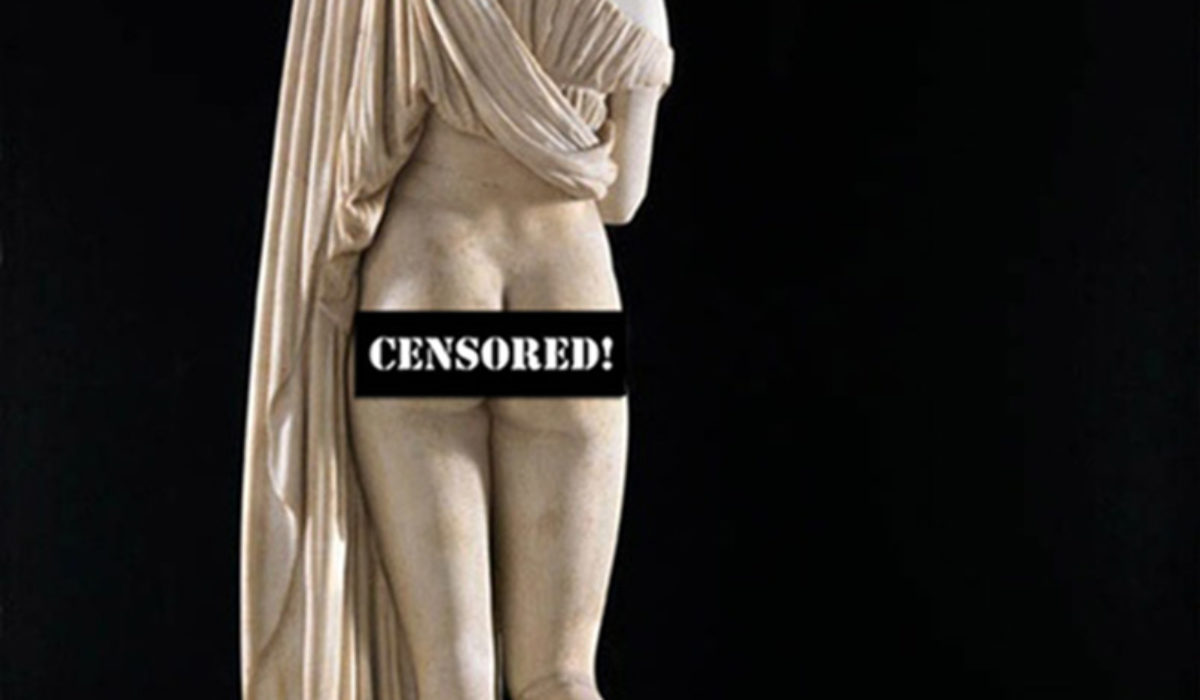There’s a challenge in posting challenging content —
And trust me on this one. You should never be creating art with the thought of posting it to Facebook floating in the back of your head …
A Video Post, by Sebastian Michaels
Video Note: If you run into playback problems, pause the video and let it buffer for twenty seconds before pressing play again. If problem persists, install the latest version of Adobe Flash Player. Also, note that you can hover over the video to pull up the controls, and always feel free to resize this entire window with Cmd (or Ctrl on a PC) and the Plus/Minus keys.
Transcript continued:
I think there are three (closely related) reasons for this:
1.) When you create with Facebook in mind, you begin obsessing not over whether the art is good or not, not over whether you are saying something original, not over whether it nurtures your soul in some way … but rather over whether people will “Like” it. You begin creating art that is SAFE. Worse, you soon stop even looking for your own voice and instead begin creating art to please others (or whatever it is you think MIGHT please others).
2.) Creating with Facebook in mind is going to gently nudge you in the direction of predictability. Seeing which posts get the most praise, you begin morphing your work to be more like theirs. While you work, you find yourself continually directing your choices to match what you think will please the group (as opposed to pleasing yourself). Again, you play it safe. You stop taking chances. And the thing is, Facebook reinforces this conformity. Because let’s face it: when people show up on the Facebook page, they’re often in a hurry. They scroll down looking for anything that looks cool or pretty so they can “Like” it and maybe leave a quick comment. But when people come upon an image that is in some real way challenging … something that is going to take some thought … well, it’s easier to just keep scrolling. As a result, some of the most ambitious, most thoughtful, most interesting works end up garnering very little attention, while a simple image of a flower or a cat hauls in dozens of “Likes” and a long string of admiring comments. (What’s more, this then has the recursive effect of keeping the simple easy-to-praise images up near the top of the page, while the more challenging images all the more rapidly drop out of sight.)
But again: as an artist, your goal should NOT be to get a bunch of “Likes” and elicit praise on Facebook. This is a very hard thing for all of us insecure hyper-emotional artists to accept, I realize. We are all SO wired to crave the admiration of our fellow artists. But it comes at a price. In this case, it comes at the price of encouraging you to create simple, pretty art that is easily praised, and discouraging you from attempting anything that might require real thought or any true artistic sensibility. Not that “simple” is bad; not that “pretty” is bad. But don’t make your work simple and pretty solely because simple and pretty gets you a lot of “Likes.”
3.) Some content just isn’t going to be cut out for Facebook. They will censor it. Artistic nudes, for example: if you post anything an Amish spinster might find prurient (i.e., anything showing “naughty bits”), they are going to remove the post and give you a warning. So again, in creating with future Facebook admiration in mind, you’re simply going to avoid anything that might strike others as objectionable. Your values, your aesthetics, your vision of what is beautiful or important must ultimately end up being pushed into a closet. Eventually, you stop thinking or even caring. You play it safe. Without even thinking about it. You play for the crowd. You play for the prudes.
This isn’t to say that you should continually be looking to shock or confound your viewers. That’s just another way of playing to the crowd.
The point here is that you should create what you want to create. You should craft your own art, in your own fashion, with whatever subject matter fires your imagination and MEANS something to you.
Only afterward should Facebook even pop up in your head. Only after the work is done. Only after.
And even then, don’t take the “Likes” and comments all that seriously.
They don’t mean anything.
The only thing that matters is whether YOU like it. Whether it means something to YOU.
Find your own voice. Put the Art itself above any consideration of audience. And create work that will last long, long, long after everyone on Facebook has moved on, retired, and gone back to reading books.
– Sebastian

